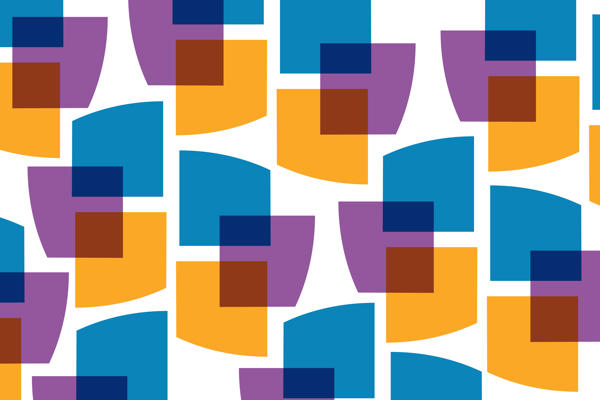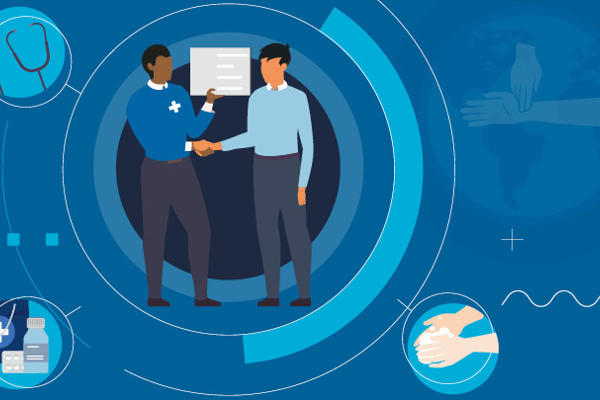Jen Flatman, medicines safety and governance pharmacist and former RCP medicines safety clinical fellow, discusses a resource to support people to continue to use their medicines safely once they leave hospital.
Research suggests that on average 50% of adult patients are affected by at least one medication error post-hospital discharge [1] and reducing medication-related harm at hospital discharge, along with other transitions of care, is an international priority [2].
In 2021 the Royal College of Physicians (RCP) undertook a project focused on improving medicines safety at the hospital discharge transition. We started by creating an improvement guide [3] designed to accompany groups through improvement projects. Members of the RCP’s Patient and Carer Network (PCN) were fundamental in supporting the development of the guide and after completion, we used what we’d learned to embark on another project.
During the hospital stay and at discharge, patients may be given a large amount of information, not just about medicines, and it can be hard for them to take it all in and remember everything. We therefore wanted to create a resource for patients and carers that could help with organising and recording some of this information.
We produced a two-page medicines safety checklist for patients and carers, to help bridge the transition between hospital and the next destination. To create the checklist, we needed to answer one crucial question: ’What do patients and carers need to know about their medicines when they leave hospital?’
As a pharmacist who has spent most of their career working in NHS hospitals, I thought I could answer this question quite well but working with members of the PCN showed me I had much more to learn. This included getting the balance right between including important information and not overwhelming the reader, creating something that could be completed in different ways depending on preference (ie electronically or by hand), and the addition of specific sections for documenting important pieces of information. Each member of the group brought their own experiences and perspectives to the project, to help create a useful resource that is applicable to a wide audience.
The points on the checklist are designed to act as a prompt, to ensure individuals are aware of key information to continue to use their medicines safely. They also act as a reminder to the reader to ask questions if they don’t know the answers. The checklist is designed to be read in order, starting with questions to consider before leaving hospital and ending with those to consider after leaving hospital, helping to bridge the transition between settings.
This is a resource made by patients and carers, for patients and carers. We hope it will help anyone leaving hospital with medicines to be the number one expert when it comes to their own healthcare.
References
- Alqenae FA, Steinke D, Keers RN. Prevalence and nature of medication errors and medication-related harm following discharge from hospital to community settings: a systematic review. Drug Saf 2020;43:517-37.
- World Health Organization. Medication without harm. WHO, 022.
- Royal College of Physicians. Medication safety at hospital discharge: improvement guide and resource. RCP, 2021.




